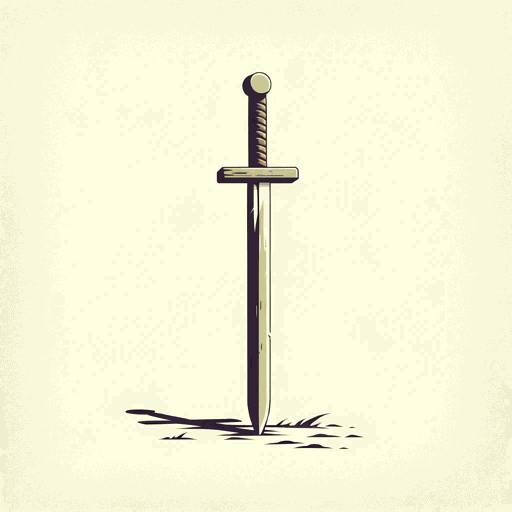27 pages • 54 minutes read
Ambrose BierceAn Occurrence At Owl Creek Bridge
Fiction | Short Story | Adult | Published in 1890A modern alternative to SparkNotes and CliffsNotes, SuperSummary offers high-quality Study Guides with detailed chapter summaries and analysis of major themes, characters, and more.
Literary Devices
Stream of Consciousness
Stream of consciousness is a literary technique that seeks to portray the flow of a human mind as actually experiences life, a series of thoughts, memories, imaginings, sensations, and emotions. Bierce uses a stream-of-consciousness technique to misdirect the reader and explore how a dying mind tries to hold on to life. He uses the device most consistently in Part 3 in the dream-like sequence of Farquhar’s escape. Farquhar believes that he has escaped the hangman and is trying to get home to his wife. The narrative is one continuous stream of thought. For example, the narrator says, “He looked at the forest on the bank of the stream, saw the individual trees, the leaves and the veining of each leaf—he saw the very insects upon them: the locusts, the brilliant, bodied flies, the gray spiders stretching their webs” (14-15). Bierce uses this device to show the distortion of time and reality that Farquhar experiences. The reader attributes Farquhar’s heightened awareness to the adrenaline pumping through his body as he attempts to escape. This whole section involves misdirection because Farquhar is already dead.
Related Titles
By Ambrose Bierce




